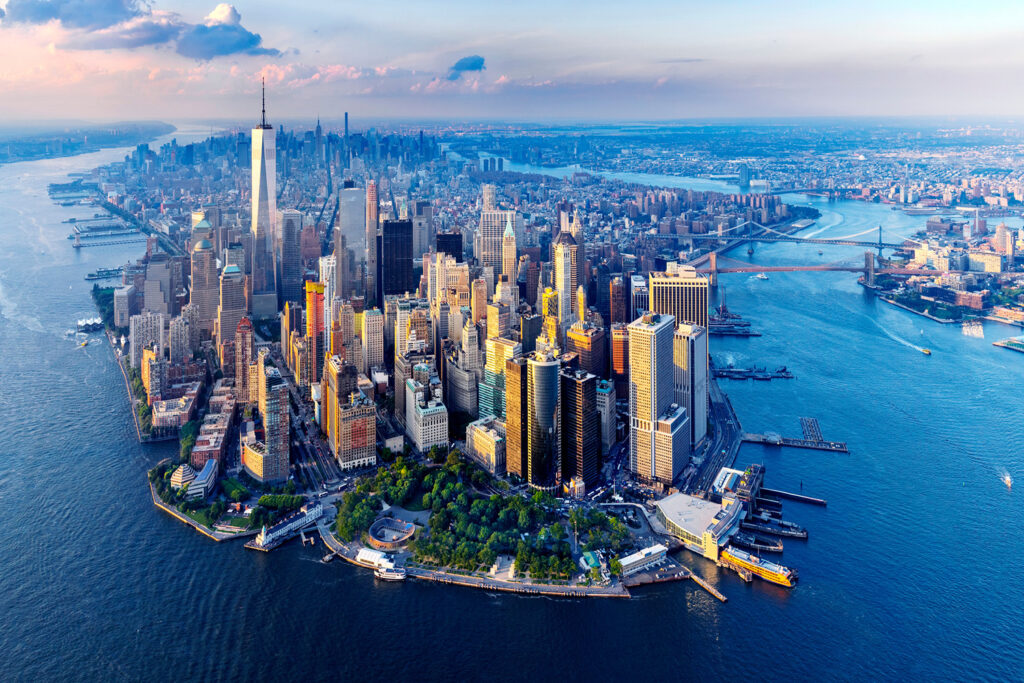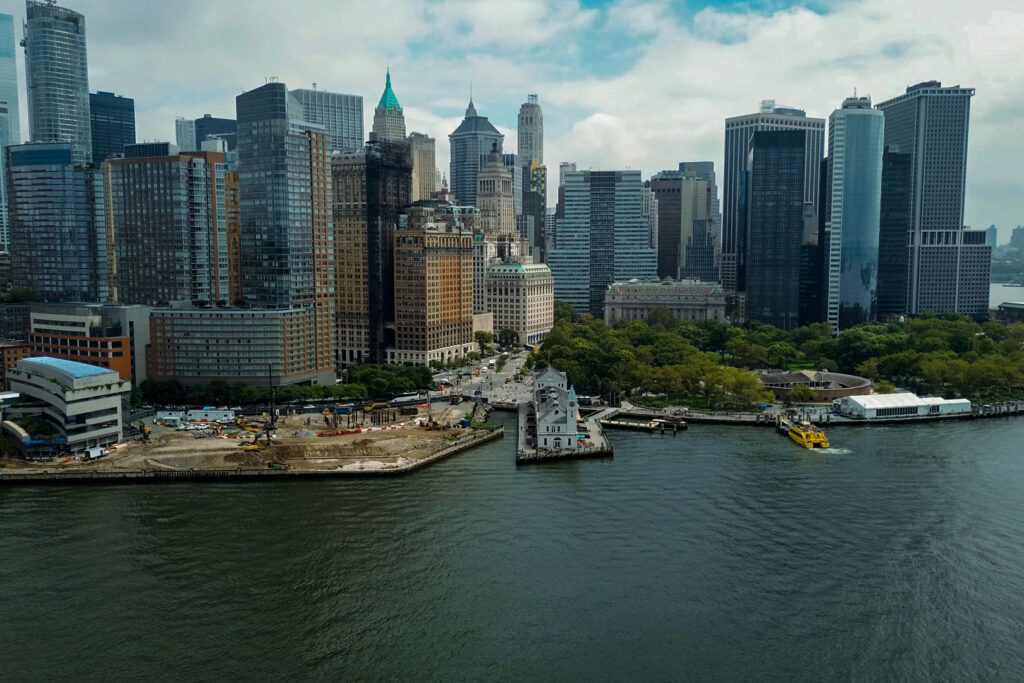Could increasing office productivity offset building rent
Office work lies at the heart of the modern society, connects with all sectors of the economy and embraces governance, administration, creativity and transactions.
In one form or another, it engages upwards of 25 percent of the working population for most of the developed world.

Computerisation has so utterly altered what it is possible to do in an office, both in terms of task and output, that the temptation, when it comes to thinking about productivity, is to think in terms of what technology can offer rather than the benefits of the office space itself.
This is especially so because developments in communications – phones, tablets and laptops – are all seeming to make the office less important and the work that used to require office machinery can now be done on the way to work or outside the office environment entirely.
But on the basis that cities just about everywhere continue to grow, the office is still the crucible for much of wealth creation. Traditionally office use was rigid, but with the technological developments it is, today, much more fluid and the space can be used in different ways.
There are at least three important office typologies: the ‘Taylorist office’, the ‘Social Democratic’ office and the ‘Networked Office’i. The first is the physical manifestation of the scientific management principles of Frederick Taylor. Taylor was about rationalizing the processes of production to achieve greater efficiency and this approach, which is generally quite hierarchical, was quickly applied to the office. While perhaps less severe than it was 80-100 years ago the ideas are still with us today. The ‘Social Democratic’ office is the antithesis of the ‘Taylorist office’, and evolved in the period after the war, recognising workers as individuals and respecting their rights. It has suited computerisation, one effect of which has been to empower more individuals within a work place. It has more recently morphed into the ‘Networked Office’ which is a much looser structure that has evolved to take advantage of the possibilities of IT and the fact that work can take place in actual or in virtual space.
With the most dramatic transformatory effects of computerisation most likely behind us and with new found comfort in the more fluid relationships we have with our offices, it is the time to think again about how office design affects our productivity. There is much going on in an office that affects concentration, motivation, cooperation and well-being. Although not all factors are ones within the power of the company to influence, there are at least nine that can be influenced and that are seen as being particularly important.
Indoor air quality: frequent air changes are necessary to prevent the build-up of CO2, which affects concentration levels. Despite building ventilation being a well-developed science many work spaces remain poorly ventilated. The difference, in terms of productivity, between poorly and properly ventilated space is in the region of 8-11%.
Temperature: worker productivity can fall off by a few percentage points if people are feeling too hot or too cold. The challenge is to get people to agree on a particular ambient temperature.
Lighting: the effects of good lighting can be dramatic with productivity gains of at least 10% from workers who are able to sit near windows, benefiting not just from natural daylight but also from the view out of the window. The positive effects of lighting are harder to achieve away from a window and in deep-plan offices.
Linking with nature (biophiliaii): there is a growing recognition that connecting with nature in the workplace, by being surrounded by plants (which help to cleanse the air), by having views of greenery and perhaps sight of running water discharges stress and promotes well-being. While we do not yet know the precise contribution this makes to productivity, it is regarded as a factor.
Noise: concentration suffers so dramatically with distracting levels of noise that it has become common place to hear people talk of needing to get away from the office to get serious work done. To date, figures that quantify just how much productivity suffers from unwelcome noise are lacking.
Layout: how we arrange people within a space has a big effect on how they work. It has an influence on how ideas are shared, on how hierarchies are broken down or reinforced and on what can and cannot be said in confidence. Different industry sectors expect different space allocations – professional service companies typically give their workers 12.3m2 per person while finance and insurance companies restrict space to only 9.7m2 per person. Frank Duffy however argues rather than standard allocations, companies should vary the size and quality of the space depending on the tasks workers are being given at any one timeiii. Duffy, who has been ahead of his time, suggests four different types of space: ‘hive’ (process work with lots of co-workers, usually in rows), ‘dens’ (small groups engaged in collective thinking), ‘club’ (two or three people discussing an idea) and ‘cell’ (solitary work demanding high concentration). We are now seeing the validity of this idea in that technology is making it possible for people to leave the ‘hive-like’ structure of their own offices and find ‘den’ space in restaurants, ‘club’ space in the local coffee shop, and ‘cell’ space on a park bench.
Office ascetics: linked to the layout, is the look and feel of the office. This is subjective and difficult to quantify but is generally well understood. People (and clients) not unsurprisingly respond to the quality of a place. It affects motivation, office culture and sense of worth.
Breaks and exercise: we know that we need to be able to take breaks and we know that we work better if the working day can include exercise. Offices that have ways of incorporating these into the working day do better. This is a big part of the thinking behind campus office settings. Some of the evidence for why this is a good idea is to be found in people who cycle to work take fewer sick days.
Amenities: these are the basic support mechanisms that help people juggle the work-life balance and include nearby shops and perhaps childcare, either as an office crèche or located near to the office. Such amenities give more flexibility to everyone.
While we do not currently have all the research relating to each of these areas it is clear that the collective effect of all nine factors can be considerable. They will not just improve employee ‘absenteeism’ but also affect ‘presenteeism’ i.e. having people in work but who are under-performing. In Australia the cost of absenteeism is $7bn, which is dwarfed by the colossal $26bn ‘presenteeism’ costs their economy.
The World Green Building Council reports that a 1% improvement in employee productivity can equal a saving of £50/ft. With 10% of a business’s operating costs typically being attributed to rent, a 10% improvement in productivity, achievable in some markets, can effectively off-set rent. iv With this sort of possible productivity improvement, get the office design right and you get the office for free.
Come and talk to Buro Happold, who were part of the team for the World Green Building Council report, to learn how multi-disciplinary engineering can transform your office productivity. Our current work in this space includes working with architects, developers and building occupiers in Poland to provide guidance on productivity in buildings.
i Duffy, Frank, Lumbering to Extinction in the Digital Field: The Taylorist Office Building, Harvard Design Magazine Fall/Winter 2008–09, Number 29, www.gsd.harvard.edu/images/content/5/5/553169/29-Duffy.pdf
ii Wilson, Edward. Biophilia, Harvard University Press 1984
iii Duffy, Frank, The New Office, 1997
iv Health, Wellbeing And Productivity Report, World Green Building Council September 2104 www.worldgbc.org/activities/health-and-productivity/





